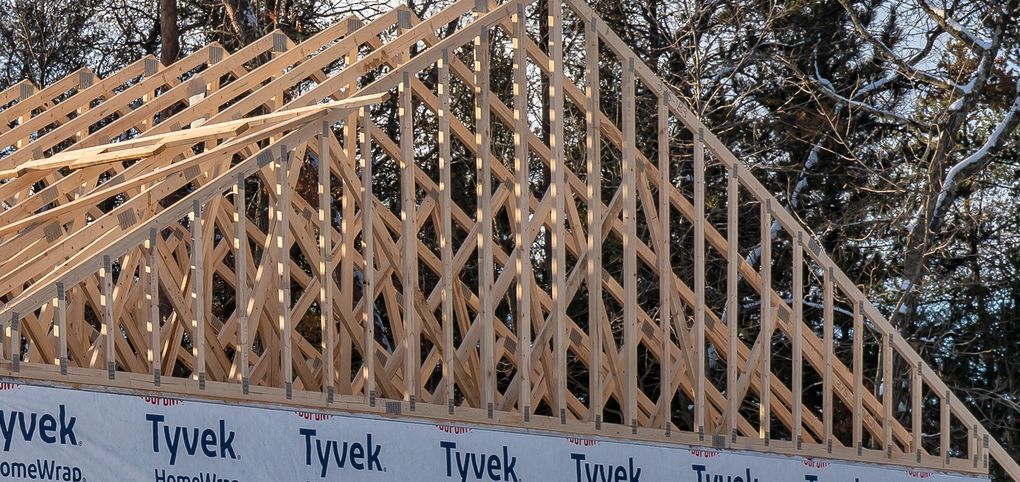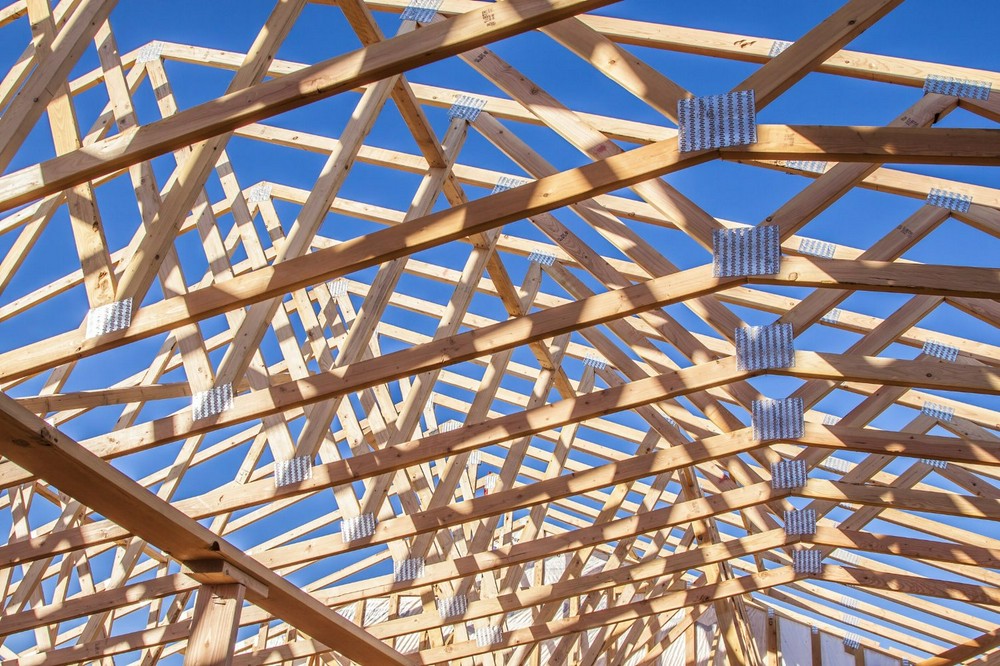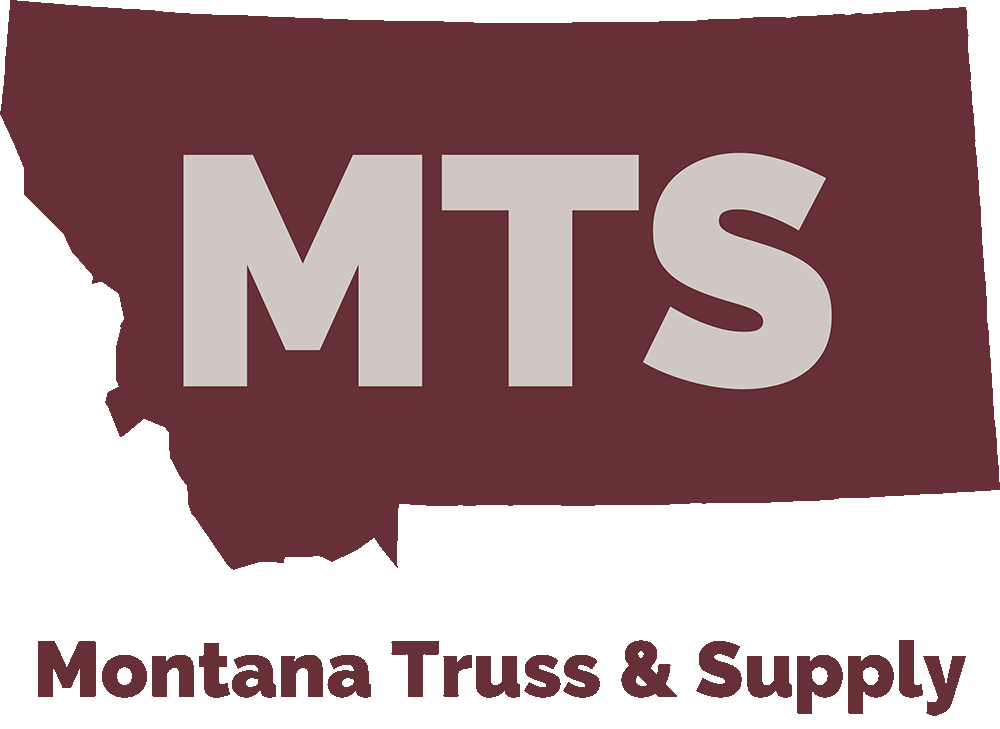Commercial Engineered Trusses
If you’re looking for large span trusses that can help you build out your commercial building you have come to the right place. We can come up with a custom designed set of trusses that meet your load requirements. Our only limitations are that it must be within the laws of physics.
Why Choose our Trusses?
Trusses are used in a vast majority of Commercial and Residential buildings and are one of the most important parts of a building. While not often seen Trusses are the only thing holding up your roof and in turn protecting your Building and all of the assets within. Trusses need to be engineered to deal with the elements like Wind and Snow among various other factors are considered when they are designed. Our Trusses factor all of this in and our software verifies that our design is solid and will last.
Truss Fundamentals
Trusses are engineered frameworks consisting typically of triangular units configured to support loads across spans. These configurations efficiently distribute the forces within their structure, creating an equilibrium that supports stability and strength.
The key components of a truss—chords, webs, and nodes—interact harmoniously to resist the loads imposed upon them. Precise calculation and design ensure each element fulfills its role effectively within the truss system.
In the realm of structural engineering, trusses are acclaimed for their ability to cover large distances without the requirement for internal support columns, thereby offering vast open spaces beneath. This is a particularly valuable trait in the design of structures like auditoriums, where unobstructed views are paramount.


Commercial or Residential?
While we do both Commercial and Residential Trusses make sure to mention this or select the option if you request a quote. The difference between Commercial and Residential trusses can be drastic. Commercial trusses have a tendency of being larger and using larger lumber and covering longer spans. There can be different code requirements for Commercial trusses versus trusses for a Residential application.
Factors Influencing Truss Choice
The span length dictates many aspects of the truss design.
Structural environment factors also demand attention. The properties of the materials used, such as strength, flexibility, and weight, play a pivotal role in determining the appropriate truss type. Furthermore, the load distribution and the type of load—dead, live, environmental, or a combination—assert significant influence over the selection process.
Cost considerations cannot be overlooked. The budget allocated for a truss system not only governs the choice of materials but also influences the complexity of the design. An economical balance between performance and cost is often sought after to optimize the structural investment.
Design and aesthetic preferences also guide selection. With advancements in architectural engineering and software modeling capabilities trusses can be crafted to meet specific design aspirations, blending functionality with visual appeal in ways that used to be unfathomable.
Load-Bearing Considerations
In the realm of truss design, load-bearing considerations are of paramount importance, dictating the structure’s integrity and safety. The careful calibrations regarding the load that a truss system can support often define the limits within which architects and engineers must operate. Whether the truss is intended to endure the subtle but relentless force of gravity in the form of a dead load, or the dynamic and intermittent pressure exerted by wind or occupancy known as a live load, its construction must accommodate these forces without compromise.
To this end, truss systems are analyzed using advanced computational methods that simulate the intricate behavior under varied load scenarios, often referred to as load cases. It is imperative to validate the strength and stiffness of the truss in reaction to these different stressors, ensuring that the system’s response stays within the resilience limits of the materials employed. Critical to this is the consideration of potential environmental loads, such as snow, wind, or seismic activity, which can introduce additional dynamic forces that must be accommodated within the truss design to forestall any risk of structural failure or compromise.
Conclusion
Proper assembly is crucial, for it translates to how well the truss withstands applied forces and distributes weight. Consequently, it is not an overstatement to regard the truss assembly process as an art form that requires dedication and skill, matched with an unwavering commitment to safety and structural soundness. When properly installed our engineered trusses can help you build a cost-effective structure that will stand the test of time.
© 2025 Montana Truss & Supply.

